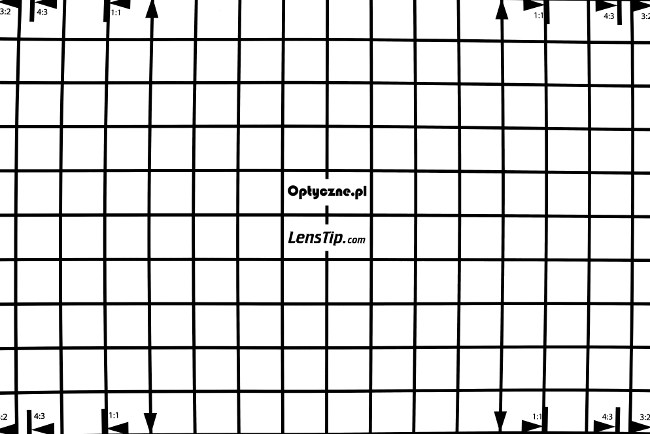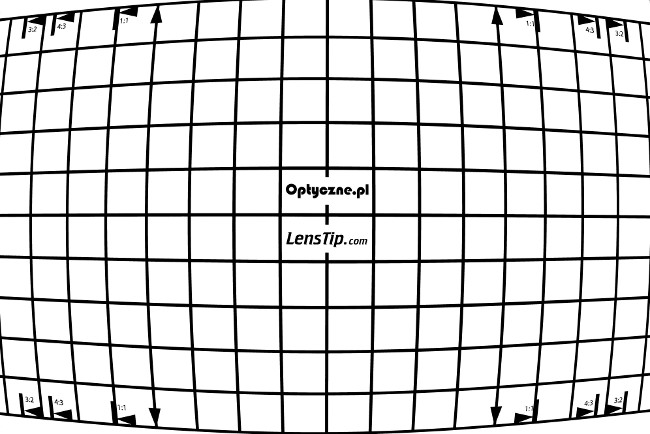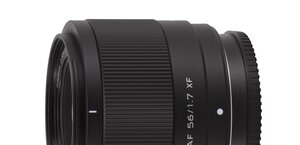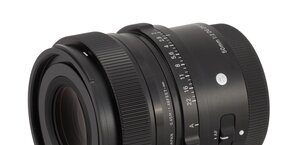Sony FE PZ 16-35 mm f/4 G – first impressions and sample images
3. Autofocus and some remarks concerning optical properties
When you attach the lens to a body you can switch off correction of all optical aberrations apart from distortion – that option remains inactive so distortion correction remains switched on all the time. That's why, at first glance, there is virtually no trace of distortion at any focal length.
If you take a closer look at straight lines registered at the 16 mm focal length you can notice some waves that remain after correction. We got curious and decided to check deformations on RAW files developped by neutral software. To be honest the result is a bit scary. At the widest angle of view there is 'barrel' distortion of -10%; in the middle of the focal range it decreases to around -2%, and at 35 mm it turns into 'pincushion' of +2%.
Please Support UsIf you enjoy our reviews and articles, and you want us to continue our work please, support our website by donating through PayPal. The funds are going to be used for paying our editorial team, renting servers, and equipping our testing studio; only that way we will be able to continue providing you interesting content for free. |
- - - - - - - - - - - - - - - - - - - - - - - - - - - - - - - - - - - - - - - - - - - - - - - -
| Sony A7R III, 16 mm, JPEG | |||
 |
|||
| Sony A7R III, 16 mm, RAW | |||
 |
|||
We don't like the distortion results very much – we'd rather optics specialists tried to correct that aberration a bit. Of course there's also another side of the issue. Firstly, with such small physical dimensions of the lens you have to compromise, and distortion correction seems to be a quite sensible feature to let go. After all that aberration can be corrected by software without problems. Of course images are cropped after the correction so you lose some resolution points as well but it's not a high price to pay, not in the case of the Sony system. If you care that much about resolution you can attach the 16-35 mm to a body like the Sony A7R IV, with as many as 61 million pixels, quite enough to enjoy sharp images for professional use even after distortion correction.
Still these optics specialists can be praised when it comes to performance against bright light. Of course it is never easy, with such a complicated optical system, a closed construction, and wide angles of view. A few shots against bright sunlight that we published in our sample shots section make it clear there are almost no problems at all. Light artifacts can be caught only sporadically, and they remain small, with low intensity.
The autofocus of the Sony lens, when joined with the Sony A7R III, is silent and super fast. Running through the whole distance range and confirming the focus takes less than 0.3 of a second, a sensational result. During our sessions we didn't notice any serious problems with accuracy; still the lens did miss several times. Of course you should remember the fact that we handled a pre-production model; its final version might feature a newer, improved version of software and perform better.






